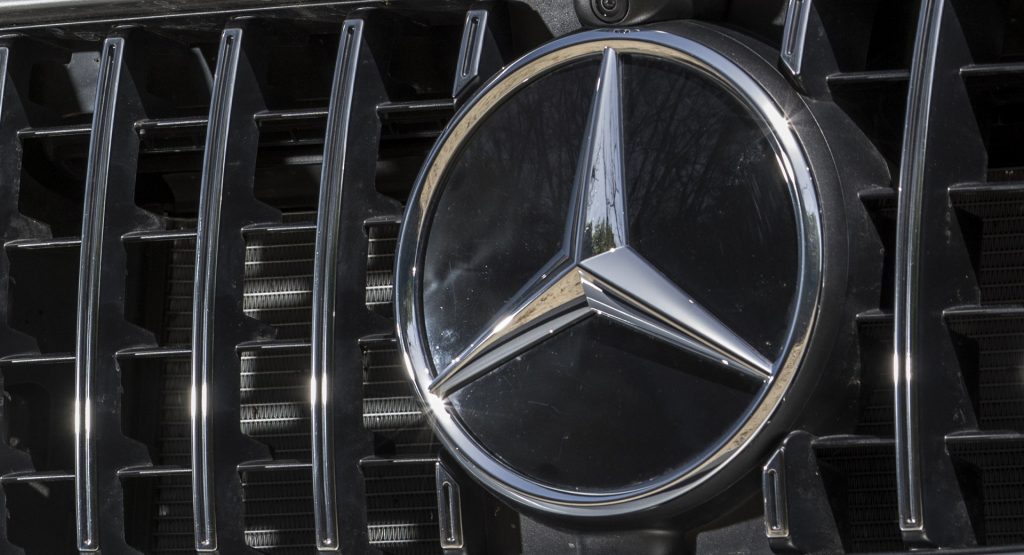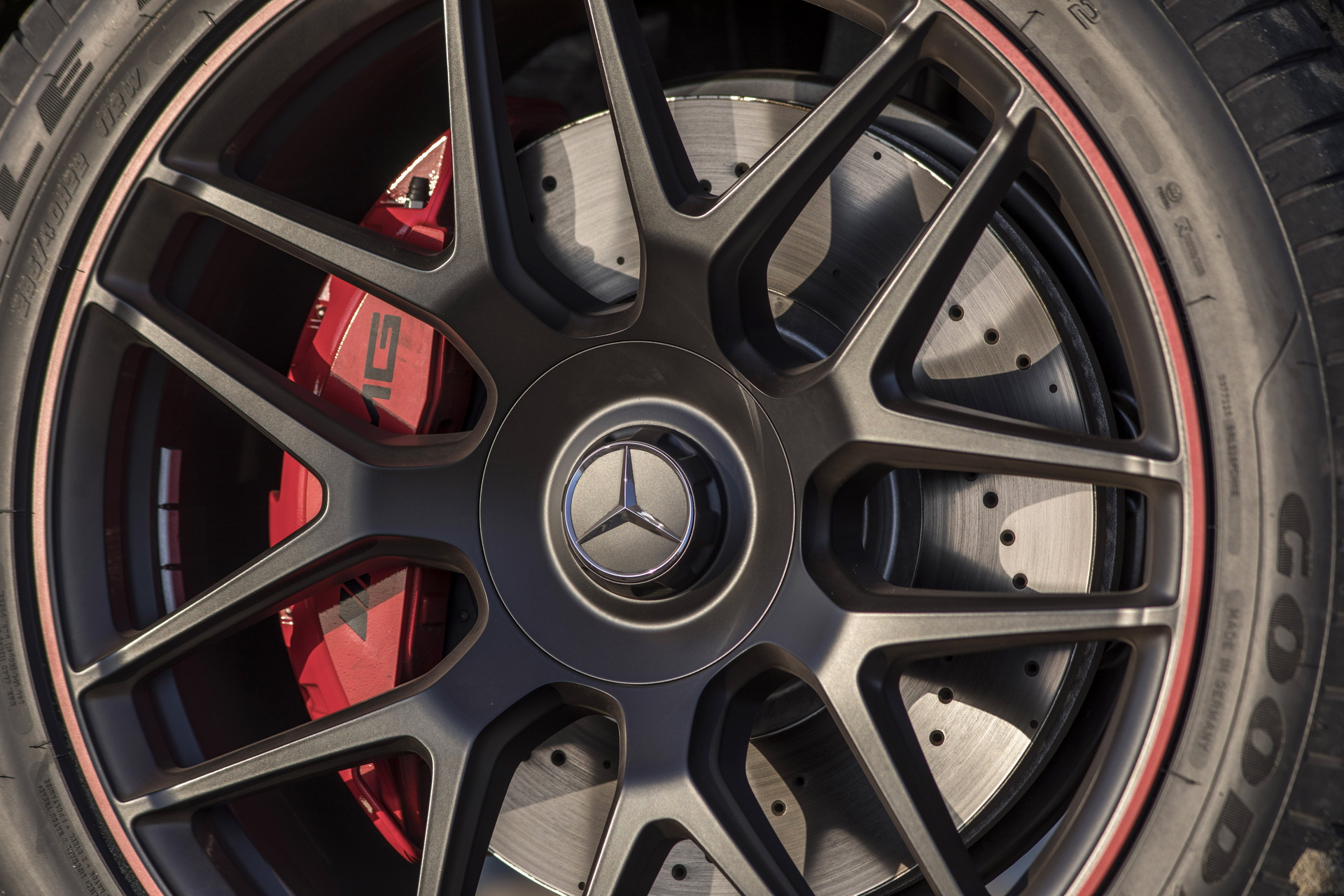From time to time, it’s the small details that can get you in trouble. Such is the case for a rubber sleeve around the brake booster housing of certain Mercedes vehicles sold between 2006 and 2012.
The sleeve that surrounds the brake booster housing may trap moisture and, after a long time or significant water exposure, cause corrosion of the brake booster. If this part rusts, it may begin to leak and brake force support may be reduced.
That may require more force from the driver to apply the brakes and could lead to increased stopping distances, two scenarios that are less than ideal. In rare cases of severe corrosion, a particularly strong or hard braking maneuver could lead to mechanical damage to the brake booster and the system could fail, making it impossible to decelerate the vehicle.
Read Also: Ford Recalling Over 250k Explorers That Could Rollaway While In Park
That’s bad news because you tend to need the brakes the most when you’re using them hard. Regardless of the context, a loss of the braking system is a significant issue that increases the risk of a crash and consequent injury. It may be helpful to note that the parking brake is not affected by this issue and that before failure occurs, drivers may be tipped off to the issue by a change in brake pedal feel or hissing and airflow noises when the brakes are applied.
In all, this issue affects 292,287 vehicles in the U.S. and 31,577 ML, GL, and R-Class vehicles in Canada. Specifically, the issue affects the:
2007 AMG R63
2007-2009 GL320
2010-2012 GL350
2007-2012 GL450
2008-2012 GL550
2007-2009 ML320
2010-2011 ML450
2006-2007 ML500
2008-2011 ML550
2007-2009 R320
2006-2007 R500
2007-2011 AMG ML63
2006-2012 R350
2008 R550
Starting on May 27, Mercedes will start reaching out to vehicle owners and they will be asked to bring their vehicles into a service center. A technician will then remove the rubber sleeve and inspect the brake booster. Vehicles that do not exhibit corrosion can continue to be driven, while those that do will be inspected. Some vehicles may continue to be drivable for up to two years after which they will receive repairs. If necessary, the brake booster may be repaired immediately.





